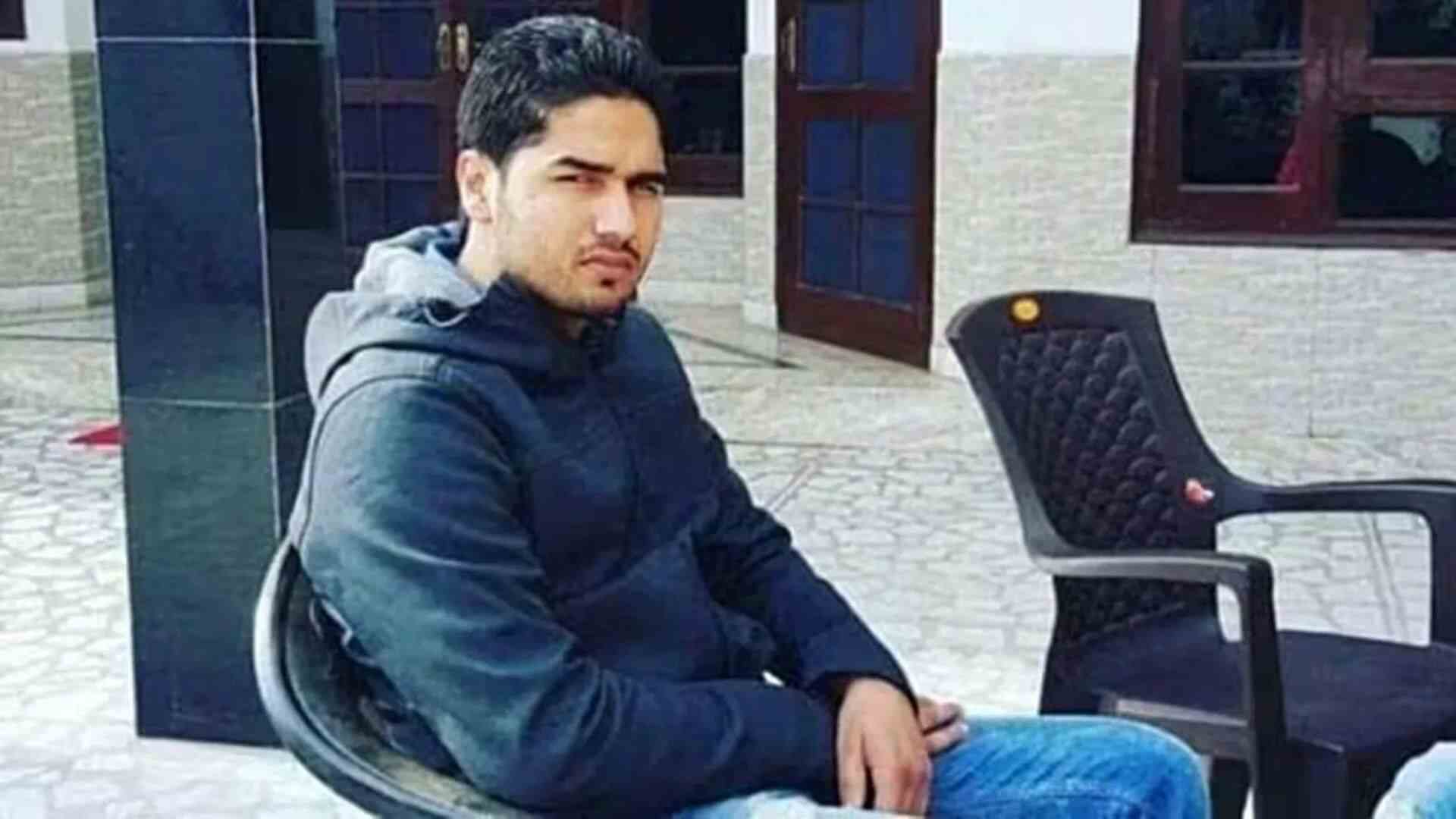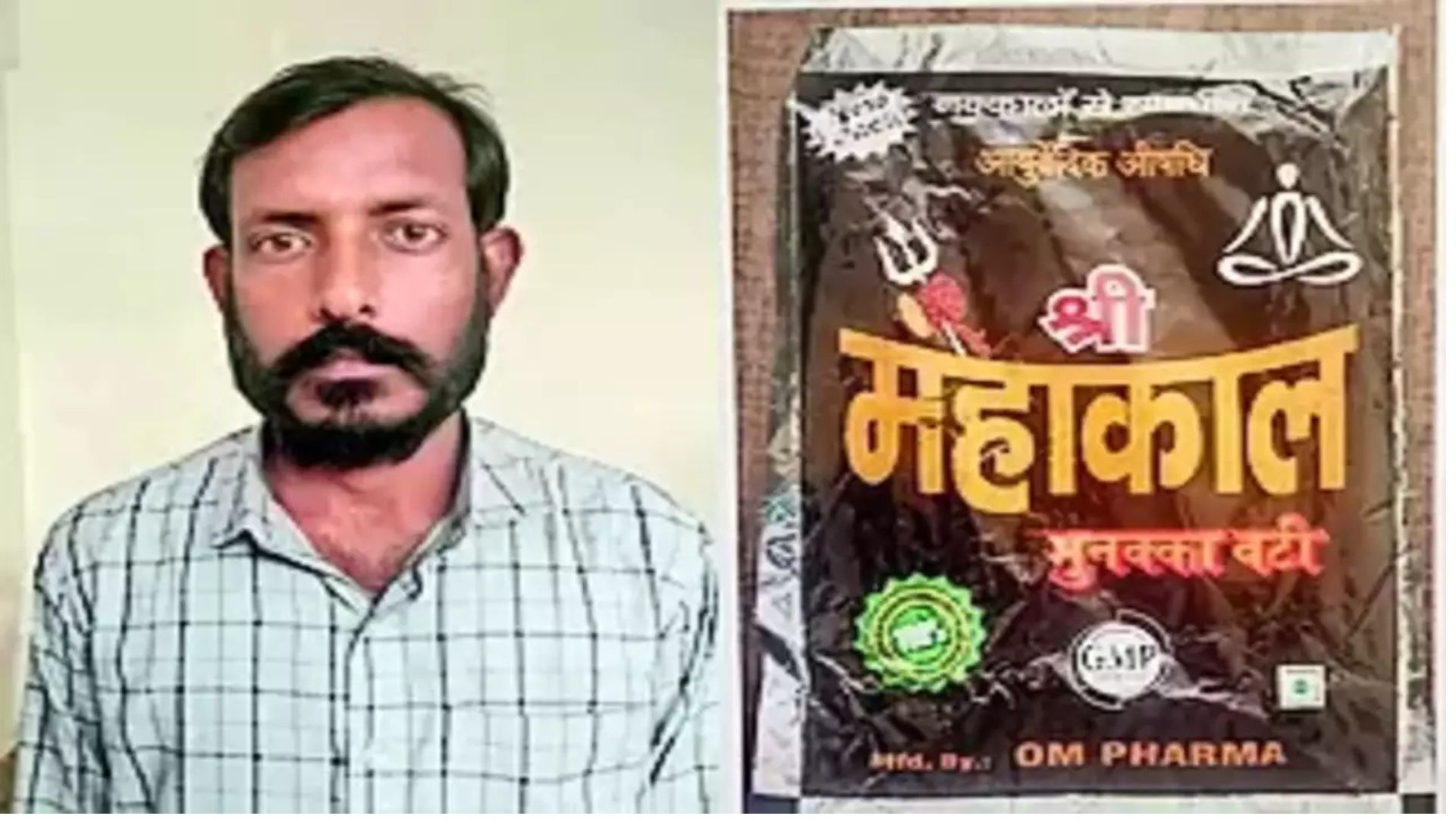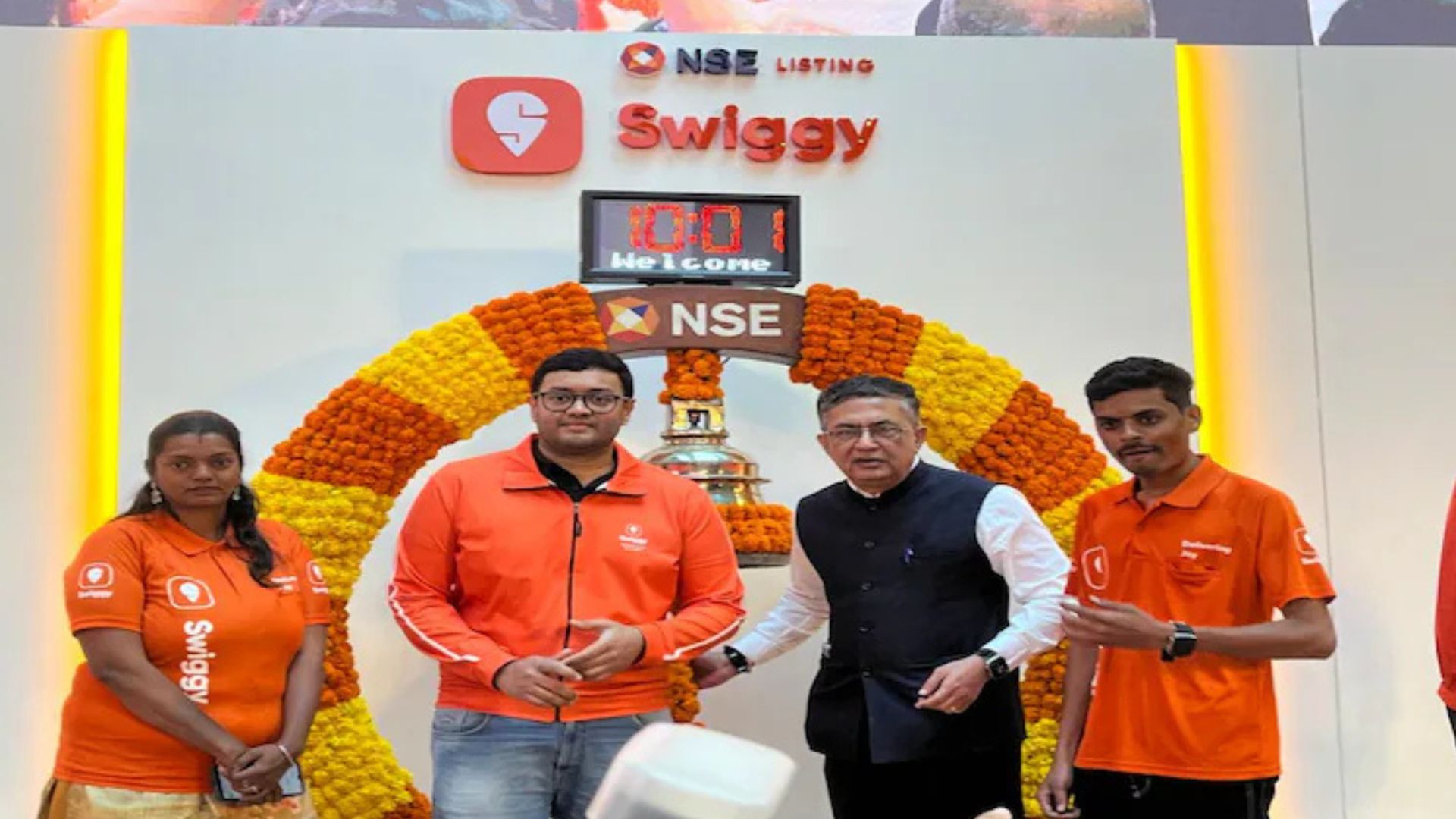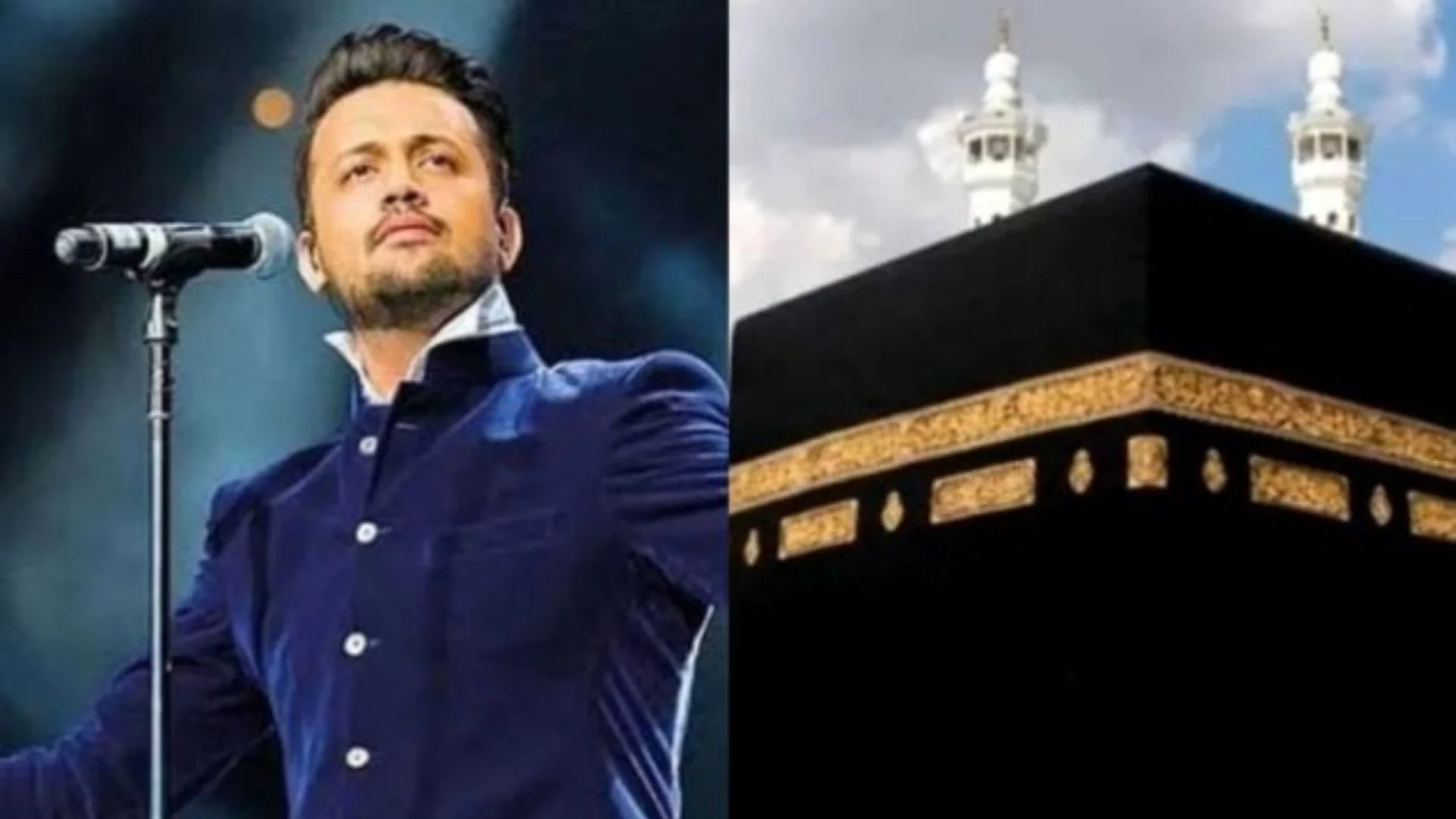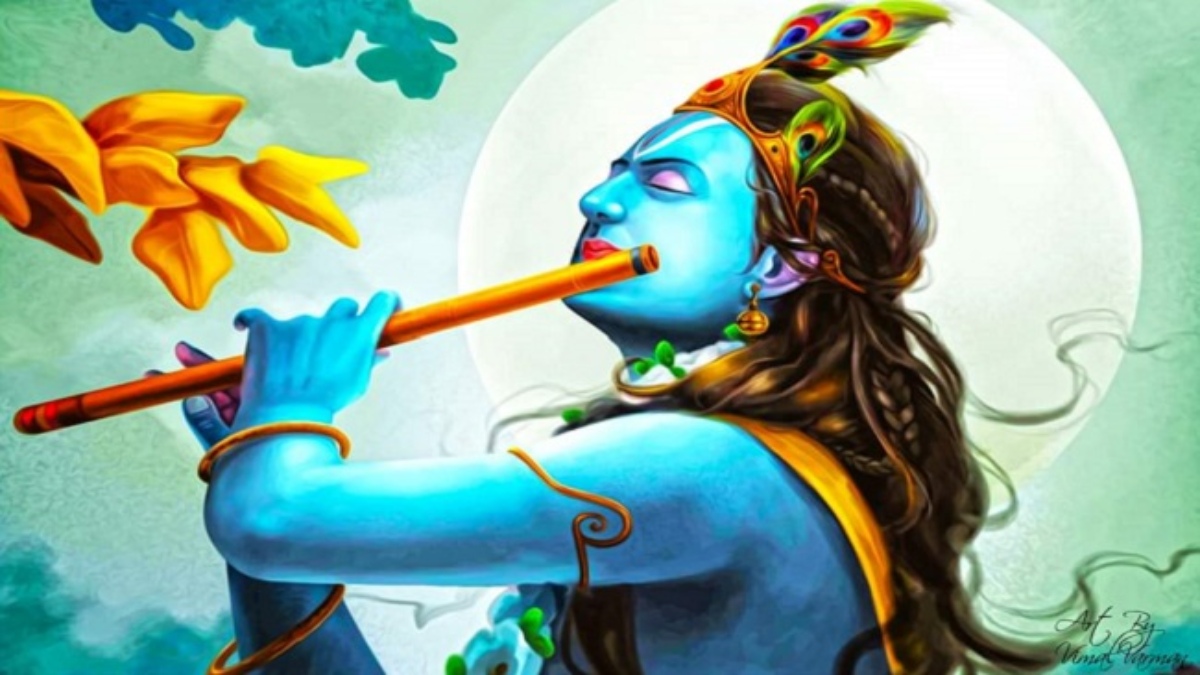
It’s not easy to understand God. In many traditions, people believe that God has only one form and one name, but the Vedas don’t try to limit Him in this way. The Vedas explain that God has unlimited forms and unlimited names. God is simply unlimited and inconceivable. As declared by Srila Vyasadeva in the Srimad Bhagavatam, etc camsa-kalah pumsah krsnas tu bhagavan svayam: All of the above-mentioned incarnations are either plenary portions or portions of the plenary portions of the Lord, but Lord Sri Krsna is the original Personality of Godhead. Krsna is the original form of Godhead, and He expands Himself into innumerable forms, like Lord Nrshinhadeva, Rama, Varaha, all the unlimited forms of Vishnu, and so on. In one sense they are all the same Personality of Godhead, but at the same time, they exhibit different qualities and pastimes. Lord Balarama is the first of such expansions. All the other expansions come from him. Srila Prabhupada mentions that there is the Supreme God and the Servitor God. Lord Balarama assumes the role of the Servitor God, so Krsna can play the role of the supreme enjoyer. Although He is the older brother, He stays in the background, allowing Krsna to take the prominent role. Lord Balarama is always absorbed in serving Krsna in all possible ways. He expands Himself in all Krsna’s paraphernalia, becoming Krsna’s bed, Krsna’s clothes, Krsna’s umbrella, and so on. He becomes many to increase His service to Krsna unlimitedly. Lord Balarama is the source of all other expansions of Krsna. Some of these expansions assume the mood of Krsna, taking the prominent role, and some assume the mood of Lord Balarama, as the Supreme Servitor. We can observe this in all lilas, like Lord Rama and Laksmana, Lord Garbodakasay Vishnu and Lord Sesa, and so on.
Lord Balarama is present in all lilas and He is constantly meditating in ways to increase the service to Krsna. In this mood, He comes as the spiritual master to help all the fallen souls and help them to reconnect with their eternal nature of service to Krsna. Of course, we understand that the spiritual master is not God, but the guru is the representative of Lord Balarama, being empowered to him instruct, correct, and inspire his disciples on the path back to the Godhead. Sahajiyas sometimes have the mood of approaching Krsna directly. They think they are very high and can just knock directly on Krsna’s door, but true Vaishnavas understand that they can’t reach Krsna without the mercy of Lord Balarama, just like no one can achieve Lord Caitanya without the mercy of Lord Nityananda. In a very famous passage, Christ says that “No one comes to the Father except through me.” Although some use this passage to push their sectarian views, this just illustrates the essential role of the spiritual master and Lord Balarama in our lives. Without the help of the spiritual master, who is the representative of Lord Balarama, it’s not possible for someone to achieve the service of Krsna. As Srila Prabhupada mentions (SB 10.2 intro), Lord Balarama is called Baladeva because he appears to increase his love for Krsna. He is also known as Balabadra, because one takes strength from Him to become a devotee of the Lord. Before Krsna came to the womb of Devaki, Lord Balarama came first. He purified and prepared everything for Krsna to reside there peacefully. He was then transferred to the womb of Rohini by Yoga-Maya. Therefore, Lord Balarama is simultaneously the son of Rohini and the son of Devaki.
The appearance of Krsna is very mysterious. Krsna has two mothers, Yashoda and Devaki. He has also a brother and a sister, Balarama and Subhadra. Lord Balarama is the eternal son of Rohini, but to make arrangements for Krsna coming as the son of Devaki, He first lives there as Lord Sesa, making all the arrangements for Krsna. As narrated in the Srimad Bhagavatam (10.2.8) Krsna orders Yoga-Maya to transfer Him to the womb of Rohini. Normally, no one can move Lord Sesa, He sustains all the material universes, but by taking power from Krsna, Yoga-Maya was able to do so. Krsna then appeared in the heart of Devaki, being transferred there from the heart of Vasudeva. Because of the presence of Krsna, Devaki became extraordinarily beautiful and effulgent. Kamsa knew that the eighth son of Devaki was going to kill him, therefore this effulgence made Kamsa fearful since He could understand that an extraordinarily powerful personality was inside her womb. Yoga-Maya herself appears as the daughter of mother Yashoda. Fearing Kamsa, Vasudeva takes Krsna from the prison and exchanges him with the small girl who had just been born from mother Yashoda. When he returns to the prison, Kamsa very quickly appears and tries to kill the girl, but she escapes from his hands and assumes the form of Durgadevi, chastising Kamsa and revealing to him that Krsna had escaped. This pastime illustrates that the energy of Krsna is just one. We see the energy of Krsna as material or spiritual according to our consciousness. Devotees see Yoga-Maya, while demons and impersonalists see Maha-Maya, the material energy. When seemingly material elements are connected with the service of Krsna, they become spiritual, just like ordinary food when offered to Krsna becomes prasadam.
The same Yoga-Maya who was born from Yashoda and who Kamsa tried to kill appears later as the daughter of Rohini, becoming Krsna’s younger sister. However, another interesting detail of this pastime is revealed by Srila Prabhupada in his purport to SB 10.3.47: “Srila Visvanatha Cakravarti Ṭhakura discusses that Kṛṣṇa appeared simultaneously as the son of Devaki and as the son of Yasoda, along with the spiritual energy Yoga-maya. As the son of Devaki, He first appeared as Viṣṇu, and because Vasudeva was not in the position of pure affection for Kṛṣṇa, Vasudeva worshiped his son as Lord Viṣṇu. Yasoda, however, pleased her son Kṛṣṇa without understanding His Godhood. This is the difference between Kṛṣṇa as the son of Yasoda and as the son of Devaki. This is explained by Visvanatha Cakravarti on the authority of Hari-vamsa.” He explains further (10.4.9p) that: “ When Viṣṇu, or Kṛṣṇa, took birth from Devaki, He must have simultaneously taken birth from Yasoda also. Otherwise, how could Yoga-maya have been anuja, the Lord’s younger sister?” From this, we can understand that actually, Krsna took birth simultaneously in Vrindavan and Mathura. He appeared in Mathura as Vasudeva Krsna, fully grown with all ornaments and four arms, while he appeared as the original Krsna in Vraja, with two hands, along with Yoga-Maya. Vasudeva prayed to Vasudeva Krsna to assume the form of a normal baby, with two hands and carried Him to Vraja. At the same time, the original Krsna was lying down in the bed alongside Yoga-Maya, the young girl born to mother Yashoda. However, when Vasudeva arrived there he couldn’t see him. When he left the baby and took the girl, Vasudeva Krsna merged into the original Krsna. In the end, there was just one Krsna in Vraja, and the girl Yoga-Maya returned with Vasudeva to Mathura, where she disappeared after Kamsa tried to kill her, just to reappear a little later as Subadra, the daughter of Rohini. We can see that during some of His pastimes in Vrindavana, Krsna manifests the form of Vasudeva Krsna to fight with the demons. Since Krsna is the original, Supreme Personality of Godhead, he includes all other expansions. He can thus manifest Vasudeva Krsna to fight with demons, or manifest Lord Vishnu to play a prank in the gopis, for example. When Krsna goes to Mathura, both again separate, with the original Krsna staying in Vrindavana in an invisible form and Vasudeva Krsna going to Mathura with Akrura and playing all His pastimes there. Lord Balarama is present in all these lilas, playing the role of Krsna’s older brother and serving Him in all possible ways, and trying to engage us in Krsna’s eternal pastimes, acting as the original spiritual master.
Gauranga Sundar Das is Iskcon, Inc Communication Director and SM IT head
